By: Göran Runfeldt
After 15 years, an ancient haplogroup split in Y-DNA haplogroup E has been rediscovered through one tester who received a Y-DNA haplogroup from his Family Finder test.
Y-DNA haplogroup E is one of the main haplogroups on the Tree of Humankind. With the highest frequency in Africa, it is found today all over the world. The two most common and well-known lineages are:
- E-M2, with the highest frequency in Subsahara
- E-M35 with the highest frequency in North & East Africa, Arab Peninsula, and South & East Europe.
These two haplogroup E lineages share a common paternal line ancestor who lived around 42,000 years ago.
How have advancements refined the deep ancestral lineage of the two most common haplogroup E lineages? Let’s take a look.
The Split in Y-DNA Haplogroup E Was First Discovered in 2008
Before 2008, this common ancestor between E-M2 and E-M35 was known as “E3-P2”. In 2008, Karafet et al. published the paper “New binary polymorphisms reshape and increase resolution of the human Y chromosomal haplogroup tree” which updated the YCC (Y Chromosome Consortium) tree with additional refinement. What used to be the E3-P2 branch was split into two branches that became known as E1b-P177 and E1b1-P2.
The split between P177 and P2 was based on Y-SNP test results from Michael Hammer’s lab in Arizona, where he and Tatiana Karafet performed Y-DNA research with the technology available at the time. Their test method involved testing individual Y-SNPs either one by one or in smaller Y-SNP panels. Tatiana informs us that the sample that caused the P177>P2 split was from South Africa, Zulu tribe of East Bantu, and that it was found to have the private mutation P75.
Big Y-700 Testing Could Not Confirm The Split
With the introduction of NGS testing and the Big Y in 2014, the Y-DNA tree exploded with Y-SNPs and branches. However, even as the years passed and tens of thousands of samples from all corners of the world were tested, no new test result came out in support of the P177/P2 haplogroup split.
This caused some analytical problems when additional high-level Y-SNPs were added to haplogroup E. Without any NGS test results with positive Y-SNP calls for the E1b-P177 Y-SNPs and negative Y-SNP calls for the E1b1-P2 Y-SNPs, it was impossible to determine which Y-SNPs belonged upstream and which belonged downstream.
Without knowing the Y-SNP length of the branches, it would also not be possible for FamilyTreeDNA’s then-upcoming TMRCA (Time to Most Recent Common Ancestor) algorithm to estimate the time of the E-P177 haplogroup split.
The Haplogroup Split Was Removed Leaving Only E-P177
Eventually, in April 2019, the launch of the Big Y-700 allowed even more Y-SNPs to be discovered. The E1b-P177 and E1b1-P2 branches were collapsed on the FamilyTreeDNA Y-DNA haplotree, meaning that the split was removed and all that remained was the E1b-P177 haplogroup with 100 SNPs.
Of course, the split would be easy to reinstate again; if the P177 haplogroup had been observed before, it would eventually appear again in a new Big Y result.
A Family Finder Y-DNA Haplogroup Showed a Potential Haplogroup E Split
It would take almost five more years until the launch of the Family Finder™ Y-DNA haplogroup feature at the end of 2023 for a change to occur. One of the first 40,000 Family Finder kits that had been assigned a Y-DNA haplogroup stood out to the FamilyTreeDNA research team. The customer was positive for the P177 Y-SNP but negative for several of the other tested branch Y-SNPs, which was a strong indication that this customer belonged to the elusive breaker lineage!
Haydar Alyassery, FamilyTreeDNA’s Arab World Account Manager, contacted the customer, who has paternal ancestry from Yemen. Fortunately, he was available and agreed to a research-sponsored Big Y-700 upgrade to confirm the lineage and the split.
In January 2024, the Big Y-700 result arrived back from the lab, and FamilyTreeDNA’s phylogenetic specialist Michael Sager could confirm and redo the split on the tree, this time with Y-SNP call information for all the 100+ SNPs.
A Big Y-700 Upgrade Confirmed the Original Split and a New Y-DNA Haplogroup
The result? Upstream E-P177 with 8 Y-SNPs and downstream E-P2 with 113 Y-SNPs. The high proportion of Y-SNPs assigned to the downstream branch means that the branch is old—7000 years older than the previous E-P177 estimate. FamilyTreeDNA’s Age Estimation method could date the new E-P177 split to ca. 47,000 BCE. The new Big Y result also shared the private variant P75, which allowed us to assign the name E-P75 to the new brother lineage of E-P2.
And that’s the story of how a 49,000-year-old lineage took 15+ years from discovery to TMRCA estimate!
A new 49,000-year-old lineage found in two men, one from the Arabian Peninsula and one from South Africa, raises some interesting questions that we hope to get back to in the future. Has this lineage been in the Arabian Peninsula for tens of thousands of years or is it a more recent migration? More Y-DNA test results are needed to help uncover the story of this rediscovered lineage. Now that we have an idea of the lineage’s Y-STR profile and that more Family Finder Y-DNA haplogroup results are on their way, more FamilyTreeDNA customers may be contacted and offered a research upgrade.
So keep an eye on your inbox!

About the Author
Göran Runfeldt
Head of Research and Development
Goran is a genetic genealogist with a technology background. He is a driver behind many FamilyTreeDNA tools & features including the Block Tree and the Discover platform & Y-DNA reports. He is also a mitochondrialist in the Million Mito Project.









